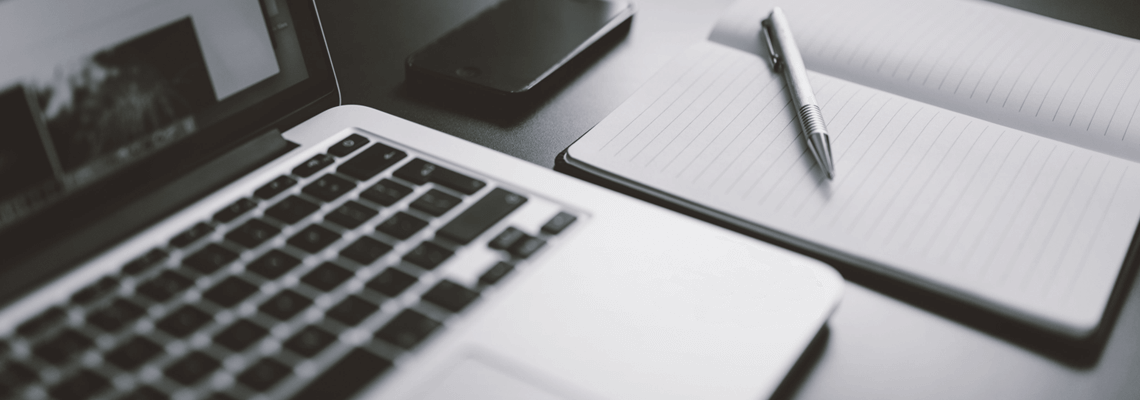
How Chapter 13 Can Help Beyond Stopping Repossession of Your Car or Truck
Regular Chapter 7 bankruptcy gives very limited help if you’re behind on your vehicle loan payments. Chapter 13 provides much more help.
My last blog post was about what happens after you stop your vehicle from getting repossessed by filing a Chapter 7 “straight bankruptcy” case. Today let’s look at what happens if instead you file a Chapter 13 “adjustment of debts” case.
Unpaid Vehicle Loan Payments
If you have concerns about your vehicle being repossessed, you presumably are already a month or two behind on your loan payments or expect to be very soon. If you needed to keep the vehicle and filed a Chapter 7 case, you would very likely have to catch up on your back payments within a month or two after filing the case. Since you also need to be making your regular monthly payments, catching up on the back payments at the same time and doing so this quickly could be impossible for you.
But under Chapter 13, in contrast, you either wouldn’t have to catch up on the back payments at all or else would have many months to do so.
“Cramdown”
If your vehicle loan is more than two and a half years old, and you owe more on the loan than your vehicle is worth, you can do a “cramdown.” This enables you to in effect re-write the vehicle loan to reduce the secured portion of the loan down to the value of the vehicle. You pay that reduced portion of the loan in monthly payments which can be significantly less than the regular monthly payments in your contract. That’s because of the reduced amount of loan “principle” that must be paid, but also because your interest rate if often reduced and the payments stretched out over a longer period.
The remaining amount of the loan—the unsecured portion beyond the value of your vehicle—you pay at the same percentage as the rest of your unsecured debts (credit cards, medical bills and such), often not paid very much.
As a result of “cramdown,” you don’t have to catch up on your missed vehicle loan payments, you almost always pay less per month, and you pay less overall on the loan—often thousands of dollars less—before you own your vehicle free and clear.
“Cramdown” is available only under Chapter 13, not Chapter 7.
The Option to Surrender Your Vehicle, Now or Later
Under Chapter 7, you essentially have to know at the time your case is filed whether you want to keep or surrender the vehicle. You sign a document called a “statement of intent” saying so, usually at the start of your case. Then very quickly you have to put that intention into action. If you are surrendering the vehicle, you would need to do so within about a month after filing the case.
In Chapter 13 as well, your court-filed documents—in this case your proposed payment plan—state your intentions. The plan states how much you intend to pay, and which creditors are to receive how much, including your vehicle loan creditor. It is prepared by you and your attorney, and presented to the court for all the creditors’ review (and possible objection) and for the judge’s approval.
If you want to keep your vehicle but don’t qualify for “cramdown,” you have to maintain your regular monthly payments. If you’re behind, you have many more months to catch up than under Chapter 7. And if you do qualify for “cramdown” you don’t have to catch up, and your reduced monthly payment is part of the “plan” amount you pay each month to your trustee to go to ALL your creditors.
Unlike Chapter 7, Chapter 13 gives you some flexibility if you decide later that you can’t or chose not to maintain the payments on the vehicle. If you do decide, either early or late in your 3-to-5-year Chapter 13 case, that it’s in your best interest to surrender the vehicle, then usually you and your attorney can adjust your Chapter 13 plan so that from that point forward you would not have you pay anything more on the secured portion of the debt.
Instead after you surrender the vehicle, the creditor will sell it, credit the sale proceeds to the balance, and report to the bankruptcy court how much it is still owed. As stated above, that unsecured amount would be added to the rest of your unsecured debt, and you would pay it at whatever percentage the rest are being paid. In most cases the amount you pay towards the pool of unsecured debt would not increase as a result of the vehicle debt being added to it. Instead the amount you pay towards all of these unsecured debts would remain the same and the other debts would just be paid that much less.
Surrendering your vehicle after first deciding to keep it could add to the costs of your case and have other financial consequences, so should not be done lightly. But having this kind of flexibility can enable you to keep your vehicle for months or even years while you need to, and then surrender it with relatively little downside if your circumstances change.
